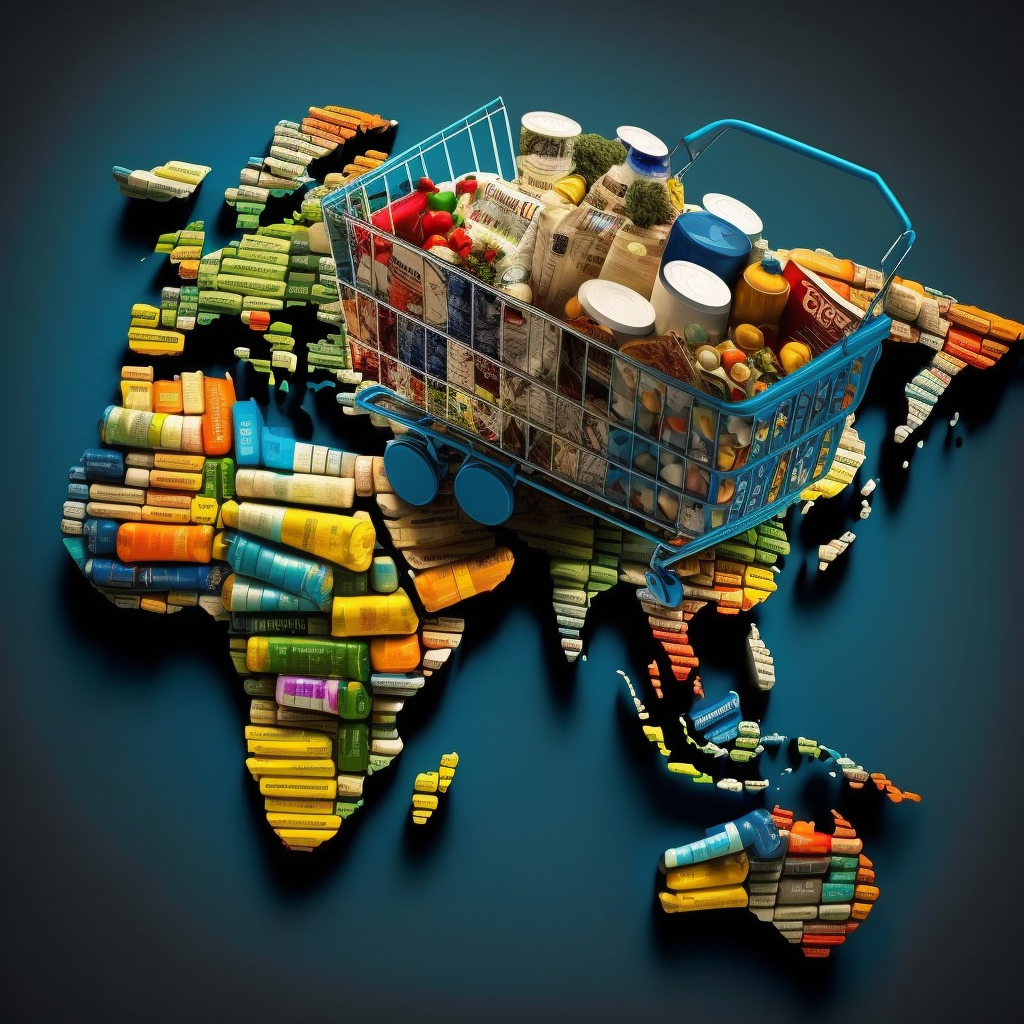Overall, a sustainable competitive advantage in exporting is achieved when a company can consistently outperform its competitors in foreign markets by delivering superior value to customers, which leads to increased market share and long-term profitability. In order to achieve this, you need to consider whether or not your current products will meet the needs of the foreign target market. After all, this market is likely to have a totally different environment that you will need to come to terms with. As we have mentioned before, this environment may have socio-cultural, legal, economic, technical and even geographic differences from the domestic market that you are familiar with.
Technically, there are essentially three product strategies at your disposal. These are:
1
Product Standardisation
Sell the same product as you are currently selling in the domestic market, to all of your foreign target markets
2
Product Adaptation
Modify the product to meet the needs of the foreign environment
3
New Product Development
Invest in and develop a totally new product for the export market
Given the limited resources and competitive strengths of most companies, it is unlikely that your company would be able to tackle both a new market and invest in new product development simultaneously. It is also very seldom that companies can enter a foreign market without adapting their product at all (this is commonly referred to as product standardisation) – usually some form of product modification is necessary (if only very minor – this is referred to as product adaptation or product differentiation). The realistic choice at your disposal is therefore:
- Make only the minimum of changes to your product to meet the needs of the foreign marketplace; or
- Make significant changes to your product in order to meet the needs of the foreign marketplace
In choosing a particular product strategy, you need to compare the likely improvement in sales turnover and profit levels with the additional costs involved in, for example, product modifications, new market research, additional product R&D, and shorter production runs. However, the firm would first have to assess:
- How much is already known about the customer requirements in the various markets
- The extent to which these requirements differ
- Whether the various requirements could be met through superficial changes to the product (e.g. packaging) or whether the product will have to be completely redesigned
- The extent to which customers in different markets could, as a result of various promotional messages, be persuaded to accept a product which will have less than ideal characteristics, but would nevertheless be cheaper, rather than one which has been completely adapted to their needs but which will ultimately be more expensive
- The size of the market, as this would determine whether or not product modification would, in fact, be profitable
It should not be forgotten that the product is more than just a physical item – it is a bundle of utilities that the buyer receives. These utilities include the product’s form, taste, colour, odour, texture, its packaging, labelling, warranty, service requirements, etc., as well as the actual functioning of the product. In short, the market will react to a product in the light of its own values and customs. Overall, besides the product itself, several factors can contribute to sustainable competitive advantage in exporting:
- Product differentiation: Companies can develop unique, innovative, and high-quality products that cater to the specific needs and preferences of customers in target markets. These products must be difficult for competitors to replicate, allowing the company to maintain its edge.
- Cost leadership: Companies can achieve a cost advantage by optimizing their supply chain, production processes, or economies of scale, allowing them to offer products at competitive prices while maintaining profitability.
- Brand recognition and reputation: A strong and well-established brand can give a company an advantage in foreign markets. Positive brand perception and trust can lead to customer loyalty and repeat business, making it difficult for competitors to penetrate the market.
- Technological innovation: Companies that invest in research and development can create advanced technologies or processes that give them a competitive edge in the market. This can manifest in the form of better products, improved efficiency, or reduced costs.
- Distribution network: A well-developed and efficient distribution network can ensure that products are easily accessible to customers in target markets, giving the company an advantage over competitors with limited distribution capabilities.
- Customer service: Providing exceptional customer service, including after-sales support, can differentiate a company from its competitors and create loyal customers who are more likely to return for future purchases.
- Local adaptation: Companies that adapt their products, services, or business practices to cater to the specific needs and preferences of local markets can build a strong presence and market share, making it more difficult for competitors to enter the market.


